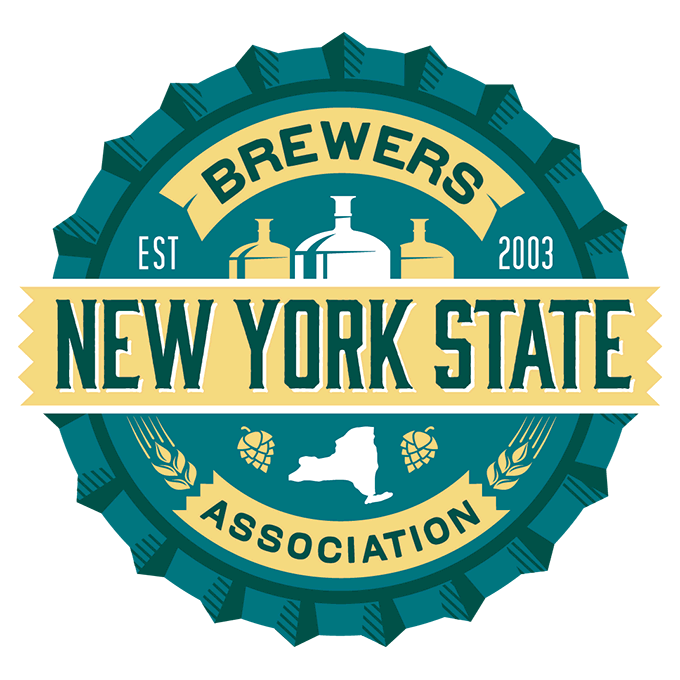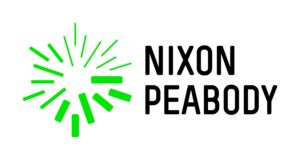
What do a horse, a harp, and an American revolutionary all have in common? They are all symbols of famous beers, of course. When people see those symbols on a bottle of beer, they can immediately identify where the beer comes from. The same goes for the names of those beers. When people think about their favorite beers, it is those kinds of words and pictures that pop into their minds. When folks go to get a beer, it’s those names and symbols that draw them in. That’s why building your brand is so important.
You know your beer is awesome. You worked hard to get it that way. But for your beer to get the reputation it deserves, you need people to try it. Then after people try it and love it, you need people to remember it. One of the best ways to do that is through spending some time and effort in coming up with a truly unique and distinctive brand. You want to stand out. You want people to look at your bottle and think, “I have got to try that.” Then once they do, you want them to be able to easily remember which one was yours in the sea of beer labels.
The first step in creating a brand is a lot of fun. You get to think up a name. And maybe a symbol. One way to think about a brand is that it’s what represents you as a brewer. You don’t just want people to think of “beer.” You want them to think ofyour beer. It’s your baby, so give it a name you’ll want people to associate with you for years to come.
The next step is really important: make sure your brand is truly unique. To do that, check to be sure the name you want isn’t already taken or close to something that’s already taken. If you don’t, you might end up with something that you can’t keep, like happened to the folks over at Clown Shoes with the Vampire Slayer Stout (click here to see the original label).
See, it turns out someone already had “Vampire Slayer” locked up, so that company filed a claim for unfair competition. Clown Shoes was informed how much it would cost to fight it and instead decided to change the name: (click here to see the hilarious new label).
The new label (and way it was handled by Clown Shoes) is entertaining, but the whole ordeal cost the brewer money and time – and maybe most importantly, the name. That’s why once you come up with a name, you should have it searched. You should always start with a Google and general trademark search (click here and select “TESS”) through the Trademark Office Website (although it won’t catch everything – in fact, it likely wouldn’t have avoided the Vampire Slayer problem). But, if you can find it that easily, someone else already owns it. Back to the drawing board.
Also, once your Google search comes back clean, make sure again that the brand doesn’t just describe beer in general. For example, take “frothy refreshing deliciousness” – which is both true and the way I personally like to think about beer – it’s just not a good name, because it doesn’t identify you as the person who crafted that particular beer.
All of this can get pretty confusing, and that’s why once you’re pretty sure the mark might be available (clean Google search) and protectable (doesn’t describe beer generally), someone like me can be super helpful. Our team here spends all day everyday looking at and thinking about brands. We run preliminary trademark clearance searches for people (through a trademark database) and explain, in English, how likely it is that the brand they want is really available and protectable (including the risks of moving forward with that particular brand).
The last step is protecting your brand. You want to make sure you are the only “you” out there. This can mean taking offensive steps to let others know that you exist and own your brand. This can also mean taking defensive steps to protect your brand from getting used by other people. So, tune in for my next installment, where I’ll tackle the exciting world of brand protection.
